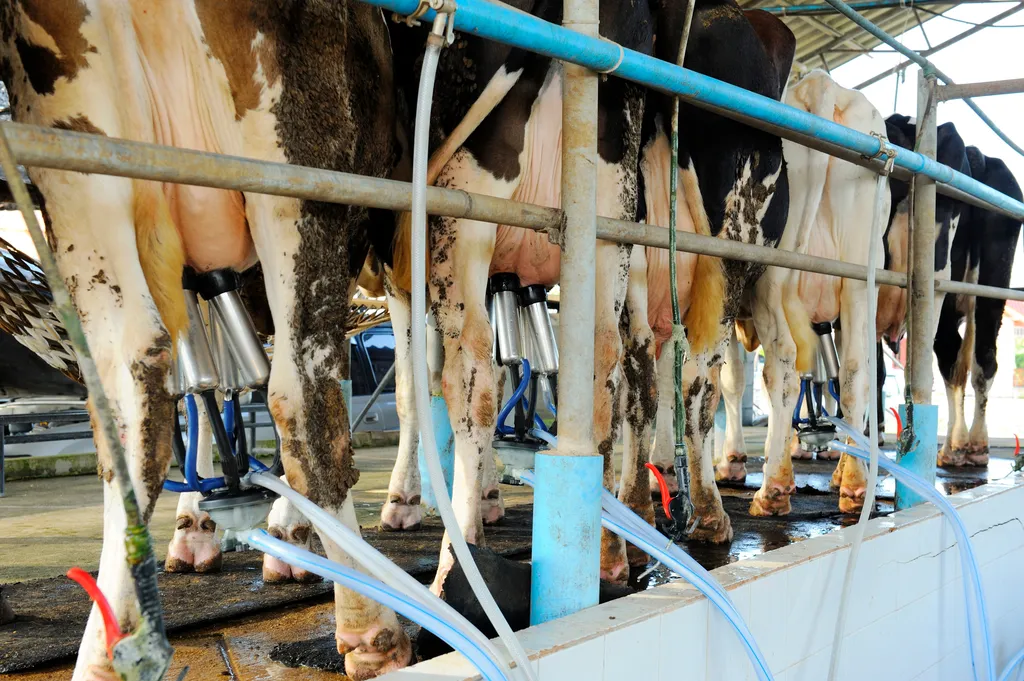In the ever-evolving landscape of dairy farming, the battle against mastitis—a common and costly udder infection—has found a new ally in machine learning (ML). A recent study led by Muhammad N. Dharejo from the Institute for Veterinary Epidemiology & Biostatistics at the Free University of Berlin has shed light on the potential of ML models to predict mastitis using data from automated milking systems (AMS) and farm management records. The research, published in the journal *Tiere* (Animals), offers promising insights into how tailored approaches could revolutionize herd management and economic outcomes for dairy farmers.
The study analyzed a vast dataset comprising 5.88 million observations from four German dairy farms over a five-year period. Six different ML algorithms were employed to predict mastitis occurrence, with a keen focus on understanding how farm-specific factors such as herd size, management practices, and farm environment influence prediction accuracy. The results were striking: when trained and tested on combined data from all farms, the models achieved impressive accuracy, sensitivity, and specificity rates, with an area under the curve (AUC) ranging from 91% to 96%.
However, the real revelation came when the researchers delved into the farm-specific effects. “We found that while the models performed well on combined data, their performance varied significantly when applied to individual farms,” Dharejo explained. “This suggests that each farm has unique underlying patterns that the models need to adapt to for optimal performance.”
The study highlighted that models tailored to individual farms could achieve exceptionally high AUCs of up to 98%. Yet, when analyzed with a leave-one-out approach, the results varied significantly, underscoring the importance of considering farm-specific factors in mastitis prediction.
The implications of this research are profound for the dairy industry. Mastitis not only compromises animal welfare but also incurs substantial economic losses due to reduced milk production, treatment costs, and increased culling rates. By leveraging ML models that are fine-tuned to the specific characteristics of each farm, dairy producers could potentially mitigate these losses and enhance overall herd health.
As the agricultural sector continues to embrace technological advancements, the integration of ML and AMS data offers a glimpse into a future where data-driven decisions could transform farm management practices. “This research underscores the need for customized solutions in agricultural technology,” Dharejo noted. “By understanding and adapting to the unique patterns of each farm, we can develop more accurate and effective predictive models.”
The study, published in *Tiere* (Animals), not only advances our understanding of mastitis prediction but also paves the way for more personalized and efficient herd management strategies. As the dairy industry continues to evolve, the insights gained from this research could shape the development of next-generation agricultural technologies, ultimately benefiting both farmers and their herds.

